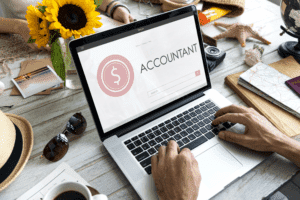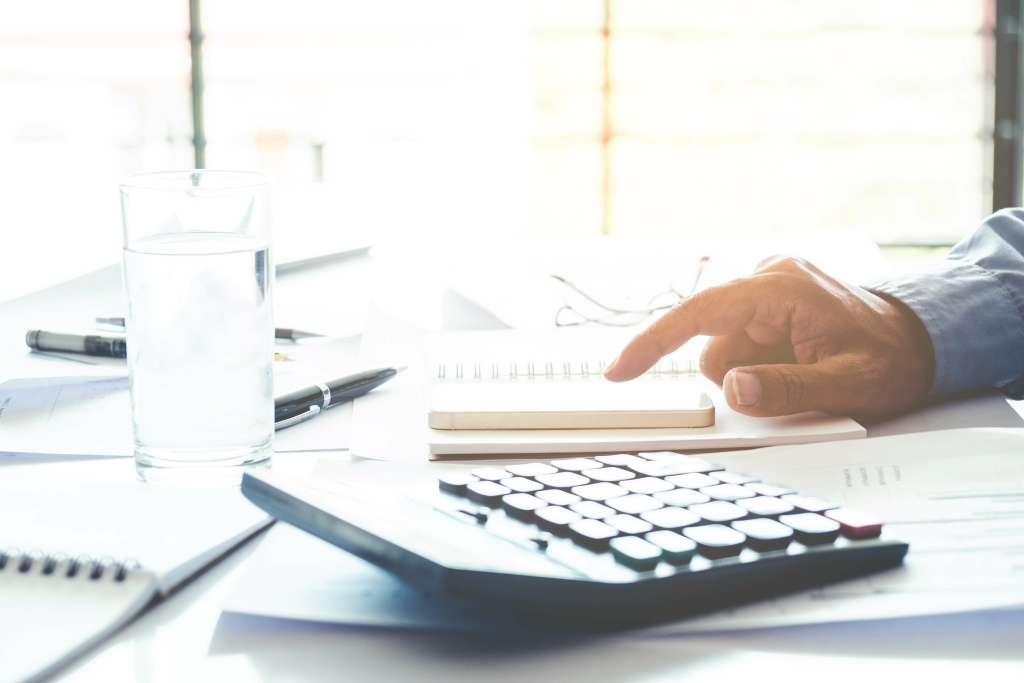
Double Declining Balance Method: A Complete Guide for SMBs

To illustrate, suppose your business purchases a piece of equipment for $10,000 that has a useful life of five years and no salvage value. Under the straight-line method, the annual depreciation expense is 20 percent of the asset's cost, or $2,000 ($10,000 cost / 5-year useful life). Each year, the journal entry is the same -- a debit to depreciation expense for $2,000 and a credit to accumulated depreciation for $2,000.

Advantages of the DDB Method

The two most common accelerated depreciation methods are double-declining balance and the sum of the years' digits. Here's a depreciation guide and overview of the double-declining balance method. The double declining balance method is a powerful tool in a company's tax strategy arsenal. It provides flexibility in financial reporting and tax planning but requires careful consideration of long-term financial impacts and compliance with tax regulations.
Other Depreciation Methods Worth Understanding

Our solution has the ability to record transactions, which will be automatically posted into the ERP, automating 70% of your account reconciliation process. The total expense over the life of the asset will be the same Oil And Gas Accounting under both approaches. In year 5, however, the balance would shift and the accelerated approach would have only $55,520 of depreciation, while the non-accelerated approach would have a higher number.

Step 2: Calculate the double declining balance depreciation rate
- 1- You can’t use double declining depreciation the full length of an asset’s useful life.
- It allows business owners to account for the depreciation expense of a fixed asset in a faster way, providing significant tax benefits in the early years of asset usage.
- In contrast to straight-line depreciation, DDB depreciation is highest in the first year and then decreases over subsequent years.
- From an accounting perspective, accelerated depreciation methods like the Double Declining Balance (DDB) can significantly impact a company's financial statements.
- From an accounting perspective, DDB is a reflection of the reality that assets often have higher productivity and thus higher depreciation when they are new.
- By front-loading depreciation expenses, a company can lower its short-term taxable income, deferring tax liabilities.
- For example, it can be difficult to understand and calculate for those unfamiliar with accounting principles.
Once you calculate the depreciable cost each year, just calculate the depreciation expense of 40%. Learn the precise steps to calculate Double Declining Balance depreciation, an accelerated method for managing asset value over time. First, determine the Double Declining Balance rate, which is twice the straight-line depreciation rate and remains constant throughout the asset’s life. For instance, if an asset has a useful life of 10 years, its straight-line rate is 10% (1/10), making the DDB rate 20%. Adjusting an asset’s book value each period ensures financial records reflect current valuations. This involves recalibrating the book value based on depreciation, market changes, or impairments.
DDB might be right for your business if you have assets that become outdated quickly or will see most of their use in the initial years. It’s a strategic choice to match expenses with the asset’s productive period. By keeping an eye on how much your assets have depreciated, you can better plan when to invest in new equipment and so avoid unexpected hits to your cash flow.
- While it has its advantages, it also has its disadvantages, and it is important for companies to carefully consider which depreciation method is right for them.
- This typically occurs when straight-line depreciation on the remaining balance becomes greater than the double-declining balance depreciation.
- In Saudi Arabia, ZATCA does not mandate a specific depreciation method, but tax regulations may favor straight-line for certain fixed asset classes.
- To calculate it, you take the asset’s starting value, find its useful life, and then multiply the starting value by double the straight-line rate.
- It is a bit more complex than the straight-line method of depreciation but is useful for deferring tax payments and maintaining low profitability in the early years.
Accumulated depreciation increases to $32,000 double declining depreciation ($20,000 + $12,000), and the ending book value is $18,000 ($30,000 – $12,000). Accumulated depreciation becomes $20,000, and the ending book value is $30,000 ($50,000 – $20,000). From double-declining to month-end reporting, see how AI makes accounting smarter. Increase your desired income on your desired schedule by using Taxfyle’s platform to pick up tax filing, consultation, and bookkeeping jobs. Tickmark, Inc. and its affiliates do not provide legal, tax or accounting advice. The information provided on this website does not, and is not intended to, constitute legal, tax or accounting advice or recommendations.
- The residual value of the asset is subtracted from its original cost before calculating the annual depreciation expense.
- Double declining balance depreciation is an accelerated method of depreciation that allows companies to depreciate their assets more quickly at the beginning of the asset's useful life.
- With 200+ LiveCube agents automating over 60% of close tasks and real-time anomaly detection powered by 15+ ML models, it delivers continuous close and guaranteed outcomes—cutting through the AI hype.
- Therefore, the depreciation expense for Year 5 is limited to $1,480 ($6,480 – $5,000), ensuring the asset’s book value at the end of its useful life is exactly the salvage value.
- This means that in later years, when the asset's expense is lower, taxable income will be higher compared to using the straight-line method.

This allows companies to better match the pattern of an asset’s decreasing productivity and economic usefulness over time. Implementing the DDB method ensures compliance with Generally Accepted Accounting Principles (GAAP) while optimizing tax benefits. The double declining balance method can provide significant tax advantages in the early years of an asset’s life. Accelerating depreciation reduces your taxable income sooner, freeing up funds to reinvest in growth.
We should have an Ending Net Book Value equal to the Salvage Value of $2,000. With other assets, we may find we would be taking more depreciation than we should. In the last year, ignore the formula and take the amount of depreciation needed to have an ending Net Book Value equal to the Online Accounting Salvage Value. Let’s say you buy machinery for $15,000 with a useful life of five years and a salvage value of $2,500.
